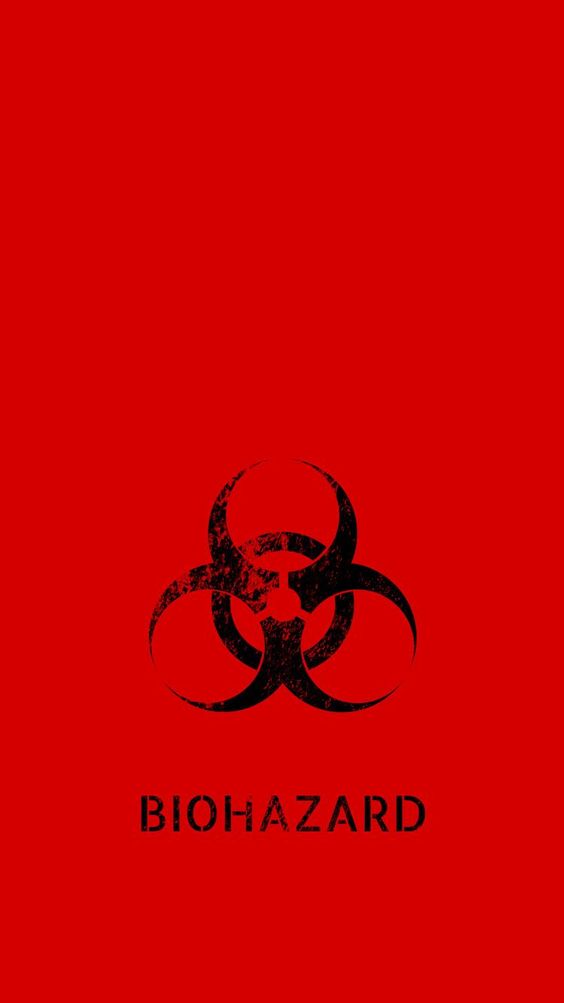
What is a Biological Hazard?
Bio hazards, refer to biological substances that pose a threat to the health of living organisms. These substances can take various forms and potentially harm humans, animals, or the environment. Biohazards can originate from different sources, including bacteria, viruses, fungi, parasites, prions, biological toxins, and other pathogenic microorganisms. Depending on the type and severity of exposure, they may cause infectious diseases, allergic reactions, or other health problems. These hazards can occur naturally (such as infectious diseases) or result from human activities (such as laboratory work or bioengineering).
Types of Biological Hazards
Here are 7 instances of biological hazards that your workforce may potentially encounter:

Human Blood and Blood Products: Human blood and its products (such as serum, plasma, and other blood components) can pose a serious biological hazard due to their potential to carry infectious pathogens. Notable among these are the viruses responsible for Human Immunodeficiency Virus (HIV), Hepatitis B, and Hepatitis C. Exposure can occur through skin puncture by contaminated needles, direct contact with broken skin or mucous membranes, accidental ingestion, or inhalation.
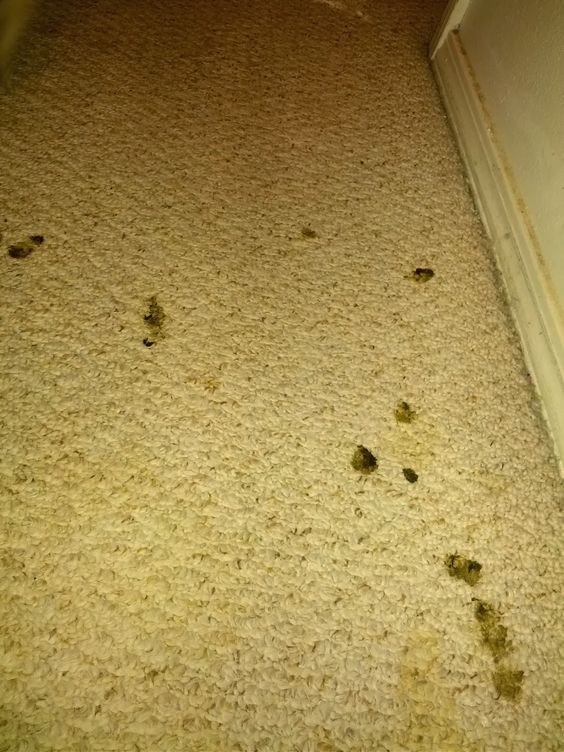
Animal Waste: Animal waste, including feces and urine, can harbor pathogens that pose risks to humans. Proper handling and disposal are essential to prevent exposure.
Human Bodily Matter: Bodily fluids (such as saliva, urine, and feces) can contain infectious agents. Healthcare workers, sanitation personnel, and others who handle bodily matter need to take precautions.
Sharps Waste: Used needles, scalpels, and other sharp objects can transmit infections. Proper disposal and handling are critical.
Molds and Yeasts: Mold spores and yeast can cause respiratory issues and allergies. Preventing mold growth and promptly addressing any infestations are important.
Organic Material: Decaying organic matter can harbor pathogens. Regular cleaning and pest prevention are essential.
Airborne Pathogens: These include viruses and bacteria that can spread through the air. Proper ventilation and infection control measures are crucial. Stinging Insects: Bee stings and other insect bites can cause allergic reactions. Prevention involves minimizing exposure and using protective clothing when necessary.
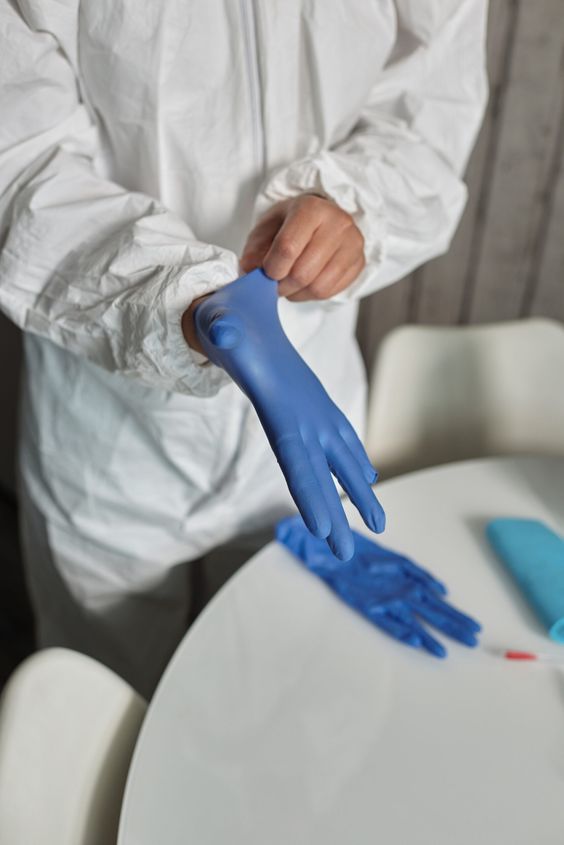
Biohazard Clean-up Methods
Assessment:
Evaluate the affected area to determine the extent of contamination.
Identify potential risks and develop a cleanup plan.
Removal:
Depending on the biohazard type, use specialized tools (such as biohazard bags, sealed containers, or disposal boxes) to securely collect and transport contaminated materials.
Follow safety protocols to prevent exposure during removal.
Decontamination:
Clean and disinfect surfaces thoroughly using appropriate disinfectants.
Pay attention to high-touch areas and frequently used objects.
Disposal:
Dispose of biohazardous waste according to local regulations.
Use designated containers and follow guidelines for safe disposal.
Personal Protective Equipment (PPE):
Wear appropriate PPE, including gloves, masks, and goggles, to protect yourself during clean-up.
Professional Assistance:
For severe biohazard situations (such as crime scenes), consider hiring professional biohazard clean-up services.
These experts have the necessary training, equipment, and experience to handle hazardous materials safely.
Remember that safety is paramount during biohazard clean-up. If you encounter a situation beyond your expertise, seek professional help. Proper handling and disposal protect both you and your environment. 🌿🧤🧼
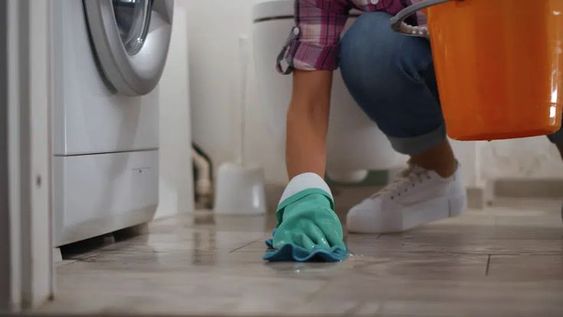
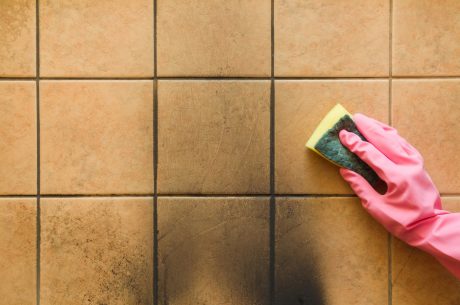

 PuroClean of San Clemente
PuroClean of San Clemente